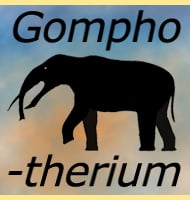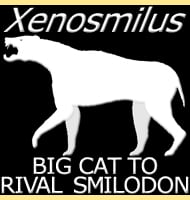Crocuta crocuta spelaea (Cave hyena)
In Depth Further Reading – Cave occupation during Palaeolithic times: Man and/or Hyena?” in The Role of Early Humans in the accumulation if European Lower and Middle Palaeolithic bone assemblages. – Ergebnisse eines Kolloquiums, vol. 42, Monographien. Edited by S. Gaudzinski and E. Turner, pp. 73-88. Bonn: Verlag des R�misch-Germanischen Zentralmuseums. – P. Fosse – … Read more

